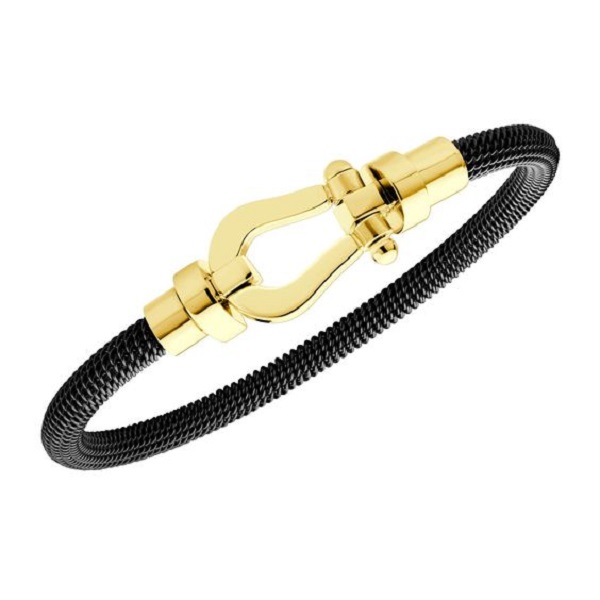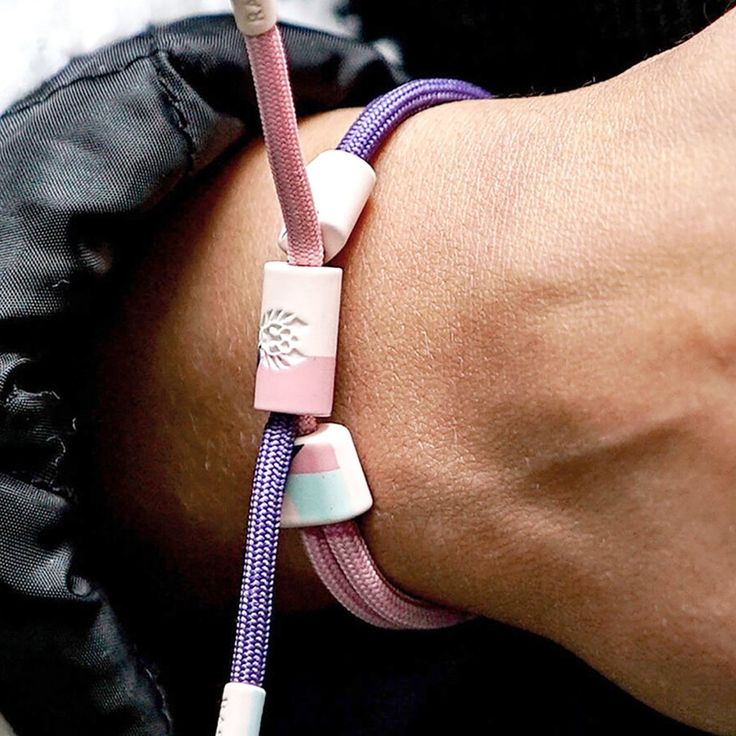Rubber bracelets are a fun and versatile accessory, often used to express support for a cause, commemorate an event, or simply add a pop of color to your wrist. However, sometimes they can be a tad too big, leading to a loose and uncomfortable fit. Fortunately, there are ways to shrink rubber bracelets and achieve a more snug and secure feel. Let’s explore these methods and provide you with a comprehensive guide to resizing your rubber bracelets. How to shrink rubber bracelets?
Before we dive into the shrinking techniques, it’s crucial to understand the properties of rubber. Rubber is a flexible and elastic material, meaning it can stretch and contract under certain conditions. This elasticity is what allows us to resize rubber bracelets, albeit with some limitations.
The Hot Water Method: Simple and Effective
How to shrink rubber bracelets? The hot water method is the most common and accessible way to shrink rubber bracelets. It leverages the heat sensitivity of rubber to temporarily alter its shape.
What You’ll Need
- A pot or kettle
- Water
- Tongs or a slotted spoon
- A heat-resistant surface or a towel
Step-by-Step Guide
- Boil Water: Fill the pot or kettle with water and bring it to a rolling boil.
- Submerge the Bracelet: Carefully submerge the rubber bracelet in the boiling water using tongs or a slotted spoon.
- Timing is Key: Leave the bracelet in the boiling water for 10-15 seconds. The exact time may vary depending on the thickness and type of rubber. Start with a shorter duration and gradually increase it if needed.
- Remove and Shape: Quickly remove the bracelet from the boiling water and immediately place it on a heat-resistant surface or a towel. While the rubber is still warm and pliable, gently shape it to your desired size.
- Cool and Test: Allow the bracelet to cool completely before trying it on. If it’s still too loose, repeat the process, gradually increasing the submersion time until you achieve the desired fit.
The Cutting and Gluing Method: For Drastic Shrinking
If the hot water method doesn’t provide sufficient shrinkage or if you prefer a more permanent solution, the cutting and gluing method can be employed. However, this method is irreversible, so proceed with caution.
What You’ll Need:
- Sharp scissors or a utility knife
- Strong adhesive specifically designed for rubber or silicone
- Masking tape or clamps (optional)
Step-by-Step Guide:
- Measure and Mark: Measure your wrist circumference and mark the desired length on the rubber bracelet. Ensure you leave enough overlap for gluing.
- Cut Carefully: Use sharp scissors or a utility knife to carefully cut the bracelet at the marked point.
- Prepare for Gluing: Clean the cut edges of the bracelet with rubbing alcohol to ensure a strong bond.
- Apply Adhesive: Apply a thin layer of adhesive to both cut edges. If desired, use masking tape or clamps to hold the edges together while the adhesive dries.
- Drying Time: Follow the adhesive manufacturer’s instructions for drying time. Allow the adhesive to cure completely before wearing the bracelet.

Additional Tips and Considerations
- Test on an inconspicuous area first: Before applying any shrinking method to your entire bracelet, it’s advisable to test it on a small, inconspicuous area to gauge its effectiveness and potential impact on the material.
- Supervision for children: If children are attempting to shrink their bracelets, adult supervision is strongly recommended to prevent burns or injuries.
- Alternative methods: In some cases, you may be able to achieve a temporary snug fit by layering multiple bracelets or using an elastic band to cinch the excess material. However, these methods may not be as aesthetically pleasing or long-lasting.
Shrinking a rubber bracelet doesn’t have to be a daunting task. By utilizing the hot water method or the cutting and gluing technique, you can customize your bracelets to achieve a comfortable and secure fit. Remember to exercise caution and follow the instructions carefully to avoid damaging your bracelets. With a bit of effort and the right approach, you can enjoy your rubber bracelets for years to come, regardless of their original size.
Advanced Techniques for Specific Types of Rubber Bracelets
While the hot water and cutting methods work for most rubber bracelets, some variations require special attention. Let’s delve into the intricacies of shrinking specific types of bracelets.
Silicone Bracelets
Silicone bracelets, known for their durability and flexibility, respond well to the hot water method. However, due to their thicker composition, they might require slightly longer submersion times.
- Extended Soaking: For thicker silicone bracelets, consider increasing the submersion time in boiling water to 20-30 seconds. Monitor the bracelet closely and remove it as soon as it becomes pliable.
- Gradual Cooling: Allow silicone bracelets to cool gradually on a heat-resistant surface. Rapid cooling can cause them to become brittle and crack.
Embossed or Debossed Bracelets
Bracelets with embossed (raised) or debossed (indented) designs require careful handling during the shrinking process to preserve the intricate details.
- Protect the Design: When using the hot water method, avoid pressing or squeezing the bracelet while it’s warm, as this can distort the design.
- Precise Cutting: If using the cutting and gluing method, mark and cut carefully to avoid damaging the embossed or debossed elements.
Multi-Colored or Patterned Bracelets
Shrinking multi-colored or patterned bracelets requires extra attention to maintain the integrity of the design.
- Even Heating: Ensure the entire bracelet is evenly exposed to the hot water to prevent uneven shrinkage and distortion of the colors or patterns.
- Gentle Handling: Handle the bracelet with care after removing it from the hot water to avoid smudging or blurring the design.

Troubleshooting and Precautions
- Uneven Shrinkage: If your bracelet shrinks unevenly, try repeating the hot water method, focusing on the areas that need further reduction.
- Over-Shrinking: Be cautious not to over-shrink your bracelet. It’s better to repeat the process multiple times with shorter durations than to risk making it too small.
- Material Sensitivity: Some rubber materials may be more sensitive to heat than others. If you’re unsure about the type of rubber your bracelet is made of, test the hot water method on an inconspicuous area first.
- Skin Sensitivity: If you have sensitive skin, avoid wearing a freshly shrunk bracelet until it has cooled completely. The residual heat can cause irritation.
Beyond Shrinking: Bracelet Maintenance
To keep your rubber bracelets looking their best and lasting longer, consider these maintenance tips:
- Regular Cleaning: Clean your bracelets with mild soap and water to remove dirt and grime.
- Avoid Harsh Chemicals: Avoid exposing your bracelets to harsh chemicals, such as chlorine, alcohol, and solvents, as these can damage the material and cause discoloration.
- Sun Protection: Store your bracelets away from direct sunlight to prevent fading and cracking.
- Proper Storage: When not in use, store your bracelets in a cool, dry place to maintain their shape and elasticity.

Conclusion
Shrinking a rubber bracelet may seem like a challenging task, but with the right techniques and a little patience, it’s entirely achievable. Whether you prefer the simplicity of the hot water method or the precision of the cutting and gluing technique, you can now customize your rubber bracelets to fit your wrist perfectly.
Remember, each bracelet is unique, so approach the shrinking process with care and attention. By understanding the specific requirements of your bracelet and following the appropriate techniques, you can achieve a comfortable and secure fit while preserving the beauty and integrity of your cherished accessory.


